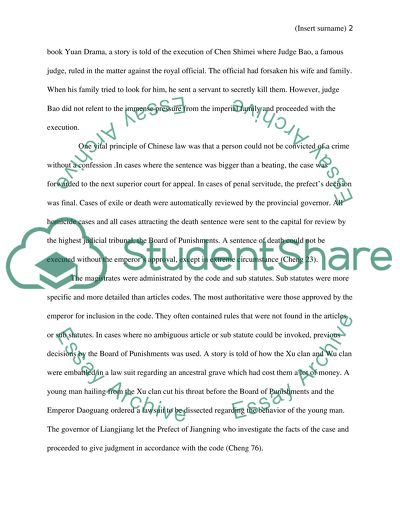Cite this document
(“Chinese Literature. Its a analysis about two books<<Yuan Book Report/Review”, n.d.)
Retrieved from https://studentshare.org/literature/1666140-chinese-literature-its-a-analysis-about-two-booksltltyuan-dramagtgtand-ltltthe-crimes-in-18th-century-chinagtgt
Retrieved from https://studentshare.org/literature/1666140-chinese-literature-its-a-analysis-about-two-booksltltyuan-dramagtgtand-ltltthe-crimes-in-18th-century-chinagtgt
(Chinese Literature. Its a Analysis about Two books<≪Yuan Book Report/Review)
https://studentshare.org/literature/1666140-chinese-literature-its-a-analysis-about-two-booksltltyuan-dramagtgtand-ltltthe-crimes-in-18th-century-chinagtgt.
https://studentshare.org/literature/1666140-chinese-literature-its-a-analysis-about-two-booksltltyuan-dramagtgtand-ltltthe-crimes-in-18th-century-chinagtgt.
“Chinese Literature. Its a Analysis about Two books<≪Yuan Book Report/Review”, n.d. https://studentshare.org/literature/1666140-chinese-literature-its-a-analysis-about-two-booksltltyuan-dramagtgtand-ltltthe-crimes-in-18th-century-chinagtgt.


